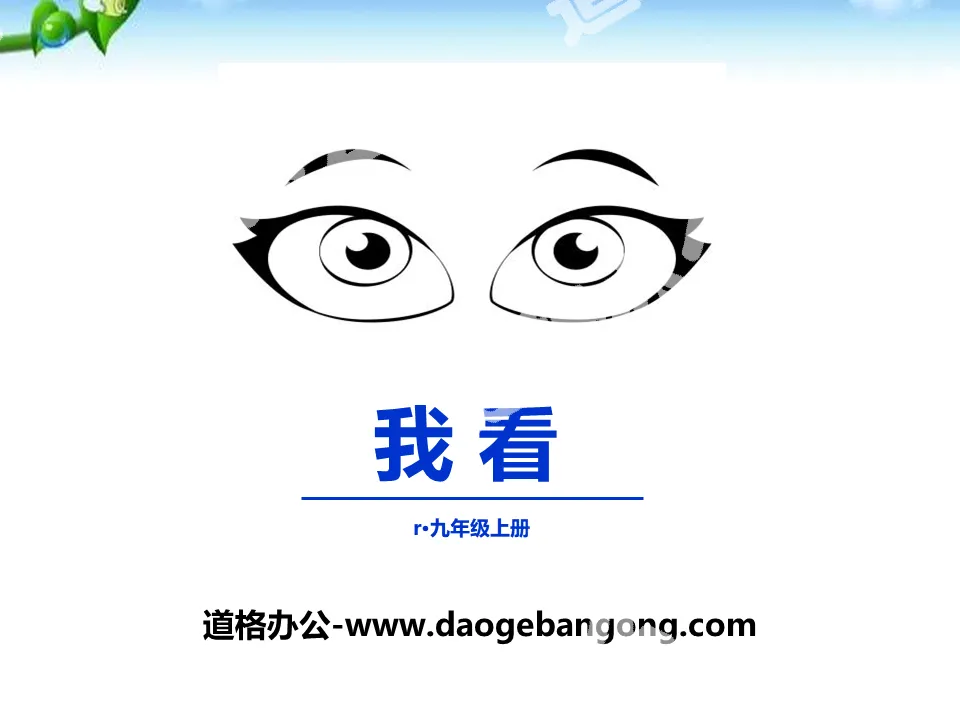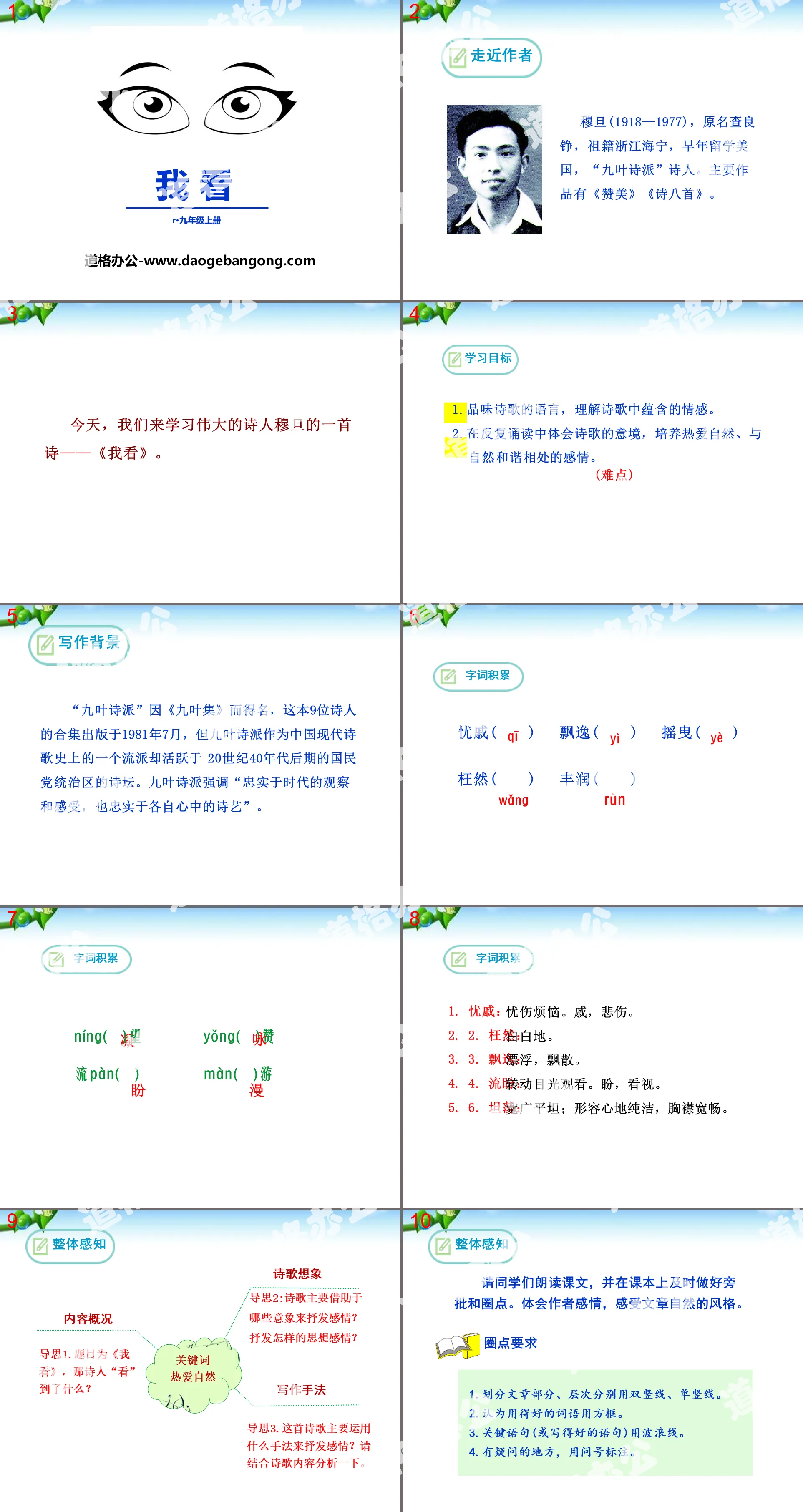The second volume of first-grade Chinese compiled by the People's Education Publishing House
The second volume of fifth-grade Chinese compiled by the People's Education Publishing House
The first volume of Chinese language for eighth grade compiled by the People's Education Publishing House
The first volume of first-grade Chinese compiled by the People's Education Publishing House
The first volume of ninth-grade Chinese compiled by the People's Education Publishing House
The first volume of fourth-grade Chinese compiled by the People's Education Publishing House
The first volume of Chinese language for sixth grade compiled by the People's Education Publishing House
The second volume of Chinese language for eighth grade compiled by the People's Education Publishing House
The first volume of Chinese language for fifth grade compiled by the People's Education Publishing House
The first volume of second-grade Chinese compiled by the People's Education Publishing House
Hunan Education Edition Third Grade Chinese Language Volume 1
The second volume of fourth-grade Chinese compiled by the People's Education Publishing House
The first volume of third-grade Chinese compiled by the People's Education Publishing House
The second volume of second-grade Chinese compiled by the People's Education Publishing House
The second volume of Chinese language for sixth grade compiled by the People's Education Publishing House
The second volume of seventh-grade Chinese compiled by the People's Education Publishing House

| Category | Format | Size |
|---|---|---|
| People's Education Press Ninth Grade Chinese Volume 1 | pptx | 6 MB |
Description
"I Watch" PPT
Part One: Getting closer to the author
Mu Dan (1918-1977), formerly known as Zha Liangzheng, was originally from Haining, Zhejiang Province. He studied in the United States in his early years and was a poet of the "Nine Leaves School of Poetry". His major works include "Praise" and "Eight Poems".
Today, we will study a poem by the great poet Mu Dan - "I See".
learning target
1. Taste the language of poetry and understand the emotions contained in poetry.
2. Understand the artistic conception of the poem through repeated reading, and cultivate feelings of loving nature and living in harmony with nature.
writing background
The "Nine-leaf School of Poetry" is named after the "Nine-leaf Collection", a collection of nine poets published in July 1981. However, the Nine-leaf School of Poetry, as a school in the history of modern Chinese poetry, was active in the 1940s. The poetry scene in the areas ruled by the Kuomintang in the later period. The Nine-leaf School of Poetry emphasizes "being faithful to the observations and feelings of the times, as well as being faithful to the poetic skills in each person's heart."
I look at the PPT, the second part: word accumulation
Sad ( ) Elegant ( ) Swaying ( )
In vain ( ) Fengrun ( )
níng( )wang yǒng( )like
流pàn( ) màn( )游
1. Sadness: sadness and trouble. Qi, sad.
2. In vain: in vain.
3. Elegance: floating, drifting away.
4. Looking forward: turning your eyes to watch. Hope, look.
6. Magnanimous: broad and flat; describing a pure heart and a broad mind.
I look at the PPT, the third part: overall perception
Introduction 1. The title is "I See", what did the poet "see"?
Introduction 2: What images do poems mainly use to express emotions? What kind of thoughts and feelings are expressed?
Introduction 3. What techniques does this poem mainly use to express emotions? Please analyze it based on the content of the poem.
I look at the PPT, the fourth part: criticizing the article
1. What kind of picture do the four sentences starting with "I see" paint?
[Answer] This question uses the poetic picture depiction method. It depicts the late spring breeze and lush green grass. These scenes constitute a soft and quiet spring scene full of vitality in the evening.
2. The word "knead" is used well in this sentence. What's so good about it?
[Answer] "Knead" means to rub or rub back and forth with your hands. Personification is used here to vividly describe the strength and gentleness of the spring breeze.
3. How did the poet describe the beautiful spring scenery he saw? what's the effect?
[Answer] When the poet sees the "spring breeze", he associates it with "green grass"; when he sees "flying birds", he associates it with "quietly inhaling the clear sky"; when he sees "flowing clouds" and "red blush", he associates it with "being intoxicated and staring at it". "Earth", the author associates nature with richness, and his love for nature is revealed between the lines, and the scenes blend together, paving the way for the lyricism in the following text.
4.Who does “you” here refer to?
[Answer] The "you" here refers to nature and all living things.
I look at the PPT, the fifth part: the aura of poetry
1. The art of distant and profound artistic conception.
Mu Dan's poems can be said to have artistic conception ("there is a realm"). They not only vividly describe the scenery, but also are full of rich thoughts and feelings. They have reached the point of "paintings in poems" as the previous evaluation of Wei's poems. Stunningly poetic. Generally speaking, the artistic conception of this poem pursues accuracy, vividness and lifelikeness, and the artistic conception is grand, distant and sketchy, quite like an oil painting with a strong poetic feeling.
2. Progress step by step, and the emotions will be revealed naturally and truly.
The poet first chose more atmospheric images such as "spring breeze", "green grass", "birds" with spread wings, "flushed clouds" and "earth" to express his sincere love for nature. On this basis, he also describes the insignificance of "I", "I describe it in your mind in vain." Next, it is written that although the ancient philosophers have passed away, their praise of nature "flows" on the ancient land, and finally they naturally express their desire to become one with nature. The whole poem is full of romanticism.
I look at the PPT, part six: key points to clear up doubts
Common natural images in classical poetry
Poets often use external objects in nature to sense or express their inner feelings in order to heighten their emotions.
①Ice or snow. The crystal clearness of ice is used as a metaphor for loyalty and noble character. For example, "Relatives and friends in Luoyang are like asking each other, a heart of ice is in a jade pot." Snow refers to a noble mind, and the ancients used ice and snow to illustrate a person’s inner qualities. For example, "I should remember that the years have passed between the mountains and the sea, and the lonely light shines on me, and my liver and lungs are all ice and snow."
②The moon. Thinking of one's relatives in the moonlight brings about separation and homesickness. Such as "raise your head to look at the bright moon, lower your head to think of your hometown."
③Willow tree. Since the Han Dynasty, broken willows have often been given as gifts to express the feeling of attachment and farewell, thus triggering the longing for relatives far away and the homesickness of travelers. For example, in Li Bai's "Hearing the Flute in Luo City on a Spring Night", "When I hear the broken willows in this nocturne, who can't forget the love of my hometown?"
④ Grass and trees. The lush vegetation contrasts with the desolation to express the emotion of prosperity and decline. For example, "Ten miles after the spring breeze, all the shepherd's purses and wheat are green."
⑤Fragrant grass. In classical Chinese poetry, fragrant grass is a metaphor for people's feelings of separation and hatred. For example, "Wild fires cannot be burned out, but spring breezes blow again. The distant fragrance invades the ancient road, and the clear green meets the desolate city."
I look at the PPT, part seven: summary
The poet uses images such as spring breeze, spring grass, flying birds, and flowing clouds in nature to express his love for nature and his thoughts and feelings about becoming one with nature.
Keywords: Free download of Chinese PPT courseware for the ninth grade Chinese version of the Ministry of Education version, I can download PPT, .PPT format;
For more information about the "I Watch" PPT courseware, please click the "I Watch" ppt tab.
"What I Saw" Plant PPT:
"What I Saw" Plant PPT Part One: The Big Tree in the Photo Look at the big tree in the picture, what do you see? Big Trees You Have Seen Recall, what have you seen in front of a real big tree? Go take a look again and see if you can see more...
"I Watch" PPT download:
"I See" PPT Download Part One: Learning Objectives 1. Understand the author and writing background, and grasp the content of the poem. (Key points) 2. Appreciate the expressive language in poetry and understand the author's emotions. (Difficulty) 3. Be good at discovering the beauty of nature and cultivate a love for yourself..
"I Watch" PPT courseware:
"I See" PPT courseware The first part of the content: Scenario introduction Generating questions Throughout the ages, how many poets have described the intoxicating scenery of spring. The spring rain described by Du Fu is considerate and moisturizes things silently. The spring breeze described by Wang Anshi is vast and green on the south bank of the river.
File Info
Update Time: 2024-11-21
This template belongs to Chinese courseware People's Education Press Ninth Grade Chinese Volume 1 industry PPT template
"I Watch" PPT Simple campus recruitment activity planning plan summary enterprise and institution recruitment publicity lecture PPT template is a general PPT template for business post competition provided by the manuscript PPT, simple campus recruitment activity planning plan summary enterprise and institution recruitment promotion Lecture PPT template, you can edit and modify the text and pictures in the source file by downloading the source file. If you want more exquisite business PPT templates, you can come to grid resource. Doug resource PPT, massive PPT template slide material download, we only make high-quality PPT templates!
Tips: If you open the template and feel that it is not suitable for all your needs, you can search for related content "I Watch" PPT is enough.
How to use the Windows system template
Directly decompress the file and use it with office or wps
How to use the Mac system template
Directly decompress the file and use it Office or wps can be used
Related reading
For more detailed PPT-related tutorials and font tutorials, you can view: Click to see
How to create a high-quality technological sense PPT? 4 ways to share the bottom of the box
Notice
Do not download in WeChat, Zhihu, QQ, built-in browsers, please use mobile browsers to download! If you are a mobile phone user, please download it on your computer!
1. The manuscript PPT is only for study and reference, please delete it 24 hours after downloading.
2. If the resource involves your legitimate rights and interests, delete it immediately.
3. Contact information: service@daogebangong.com
"I Watch" PPT, due to usage restrictions, it is only for personal study and reference use. For commercial use, please go to the relevant official website for authorization.
(Personal non-commercial use refers to the use of this font to complete the display of personal works, including but not limited to the design of personal papers, resumes, etc.)
Preview










